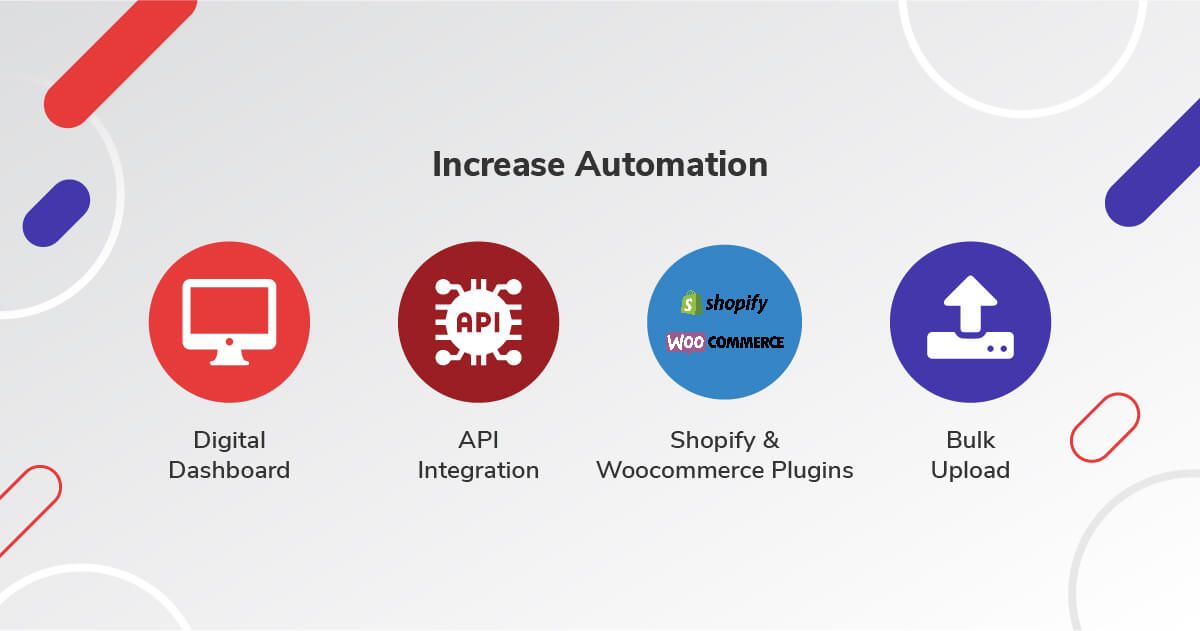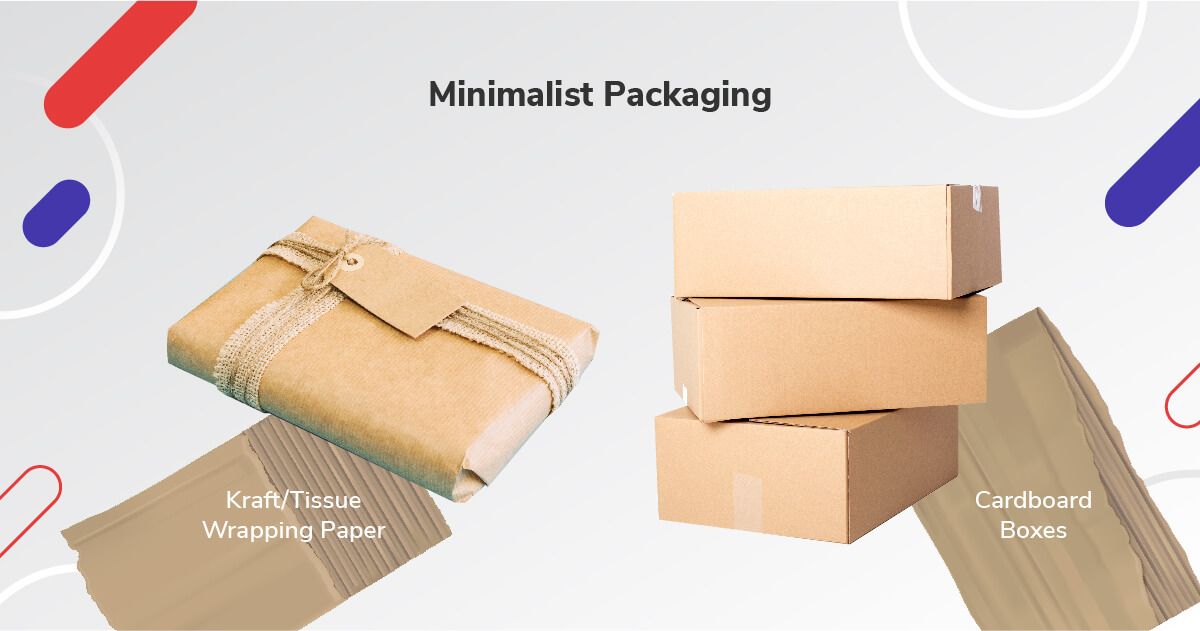3 Tips to Reduce Delivery Cost for My Small Business
Sep 15, 2021 6:35 PM
Learn About Logistics
3 Tips to Reduce Delivery Cost for My Small Business
One of the growing pains of an entrepreneur and a small business is keeping cost low with limited resources.
For e-commerce businesses in particular, where deliveries are absolutely central to the business, price has been reported to be one of the major factors influencing their choice of a delivery service. In fact, with more and more consumers expecting delivery costs to be borne by retailers/e-commerce platforms that they shop from, keeping delivery cost low ensures the sustainability of your small business. This guide will introduce 3 simple but essential tips to help you reduce delivery cost in the midst of rising customer expectations.
1. Explore a range of delivery services for your different needs

Being a small city, express deliveries are entirely doable and common in Singapore. Lalamove, Grabexpress and Pickupp are examples of delivery companies in Singapore that support on-demand delivery.
What does on-demand delivery mean?
Like on-demand ride hailing services, on-demand delivery companies have the technology that will allow customers to book a specific delivery time slot and have their orders picked up and delivered within that time slot.
This is extremely important for urgent, last minute delivery orders and supports the food delivery industry. However, it is important to note that on-demand deliveries are generally pricier and may not be a viable option for keeping cost low.
This is where it is important to consider other types of delivery options for your business.
In fact, companies that do not have urgent delivery needs, or companies that sell perishables such as baked goods that can last for more than 2 hours could consider other more affordable delivery options. For example, Uparcel and Pickupp are companies that support customers with 3-Hours, 4-Hours, 6-Hours to 8-Hours time slots within the same day. While this may have to be scheduled in advance, you get to save on cost rather than relying on 1-Hour on-demand deliveries that may not always be necessary or available for your business. While an on-demand 1-Hour delivery service cost an average of $16, a 4-hour delivery service with Pickupp cost an average of only $8.
Another type of delivery service would be your next day, 1 - 3 days or 3 -5 days delivery service. This service will be more applicable for non-perishable products and commonly used among businesses in the fashion and retail industry.
As this service involves a bulk pickup from your doorstep to the delivery company’s warehouse before being dispatched to your respective customers in the following days, it is generally much more affordable than your same day delivery. Companies such as Ninja Van, J&T Express, Pickupp and Uparcel offers this service type.
For businesses who wish to save on delivery cost further, you can consider using Singpost. However, this is only relevant to very small parcels. You’ll also have to pack and lug your parcels to the post office which may not be efficient or sustainable in saving time.
In summary, these are the different delivery options available for you to consider using in Singapore.
- On-Demand Express and Same Day Delivery (2 Hours, 3 Hours or 4 Hours)
- Scheduled Express and Same Day Delivery
- Next Day, 1 - 3 Days, 3 - 5 Days Delivery

While you may have to juggle between different delivery providers to meet all these delivery service needs, it might be well worth the cost and time. Alternatively, Pickupp is one of the only companies in Singapore with an all-in-one logistics platform that can support all the above service types.
2. Increase Automation (Save Time & Cost)

Automation improves quality by eliminating human error, improving consistency and accuracy, giving the ability to create more complex goods, and identifying errors along the way.
Implementing automation technologies is not as daunting as it seems and you can always do it in stages to effectively manage and execute it.
Here’re some simple ways you can start automating your delivery tasks:
- Do away with paper and pen, ensure everything is trackable and stored digitally.
You may or may not be using a courier provider with a digital dashboard. However, even if you’re using a traditional courier service, it is important to consider storing all your delivery orders digitally. This will save you so much time in sorting out your orders and will also support the calculation of operational costs in an efficient way, which is essential to managing finances in a growing business.
Services from technology-enabled last mile delivery providers will definitely include a digital dashboard with a filter and search function for orders based on delivery date. Each order is properly accounted for and every delivery is trackable. Delivery companies with 24/7 tracking capability will also be able to identify the exact time/date a parcel is picked up and delivered to your customer. This transparency is what you will need to track and improve on your service fulfillment levels to customers.
Here is an example of how Pickupp’s digital dashboard looks like:

- Explore API Integration, or plugins
API Integration is not just for large businesses. In fact, such an integration will save small businesses immense amounts of time.
What does API integration between your website and delivery provider mean?
With API Integration, all your customers’ delivery details are automatically imported into your logistics provider’s platform such that fulfilment is seamless. No additional data transfer is required on your end, saving your team so much time and also minimising any errors in the process.
For example, because delivery was an important part of their e-commerce business, Cat & the Fiddle, a cake shop in Singapore, enabled API integration with Pickupp from the start of their business. Through API integration, they were able to offer same day delivery and also scale their business rapidly. Check out Cat & the Fiddle's success story here.
However, if you do not have a tech team or developer to even support you with your own website and are currently using an e-commerce platform such as Shopify or looking using one, you’ll be happy to know that a couple of technology-enabled last mile delivery companies also have special plugins that will support the same automatic fulfilment process as API integration - without any tech support needed on your end!
Pickupp has a Shopify and Woocommerce plugin. This means that orders that come in through your Shopify or Woocommerce website can be imported easily into the Pickupp dashboard. All you’ll have to do is check the details, tick the orders and select ‘Send with Pickupp!’ for a fuss-free and automated delivery fulfilment process. Learn more about our integration with Shopify and Woocommerce here.

- Bulk Upload
If you do not have any of the above plugins or an option for API Integration, you can still take steps to enhance the efficiency of your delivery process through bulk upload.
Before bulk upload existed, the creation of orders had to be done one by one. With bulk upload, you can simply copy and paste all your delivery details in a single excel sheet and upload it onto the delivery dashboard. Adjusting to this way of creating orders may seem like a hassle at first but you’ll be surprised at the amount of time you can save!
How Pickupp's Bulk Upload feature works is that you'll just have to upload your excel sheet and the tool will help to identify errors such as invalid addresses and numbers. Learn more about how Pickupp's Bulk Upload feature works here.

3. Make use of free packaging and know your package sizes

Did you know that the average cost of packaging is $1 for every $11 spent?
While packaging is important for your business, finding low cost ways to package your product can save you immense amounts of cost - both for the packaging and delivery.
Compact and minimalistic packaging is also important as most delivery companies charge a different pricing tier for varying dimensions/weight. You would want to keep your packages as light and small as possible to minimise any additional costs.
While cardboard packaging is generally less expensive, you can also think out of the box - there are many creative ways you can package your products and here’s an article of 50 examples of creative packaging for your reference.
While you may not have the capacity to address all the above points, start taking steps to implement it in your business strategy and you’ll be surprised by the cost you’d be able to save!
Read other related article: 7 Last Mile Delivery Features Your 3PL Partner Should Provide